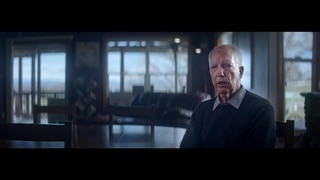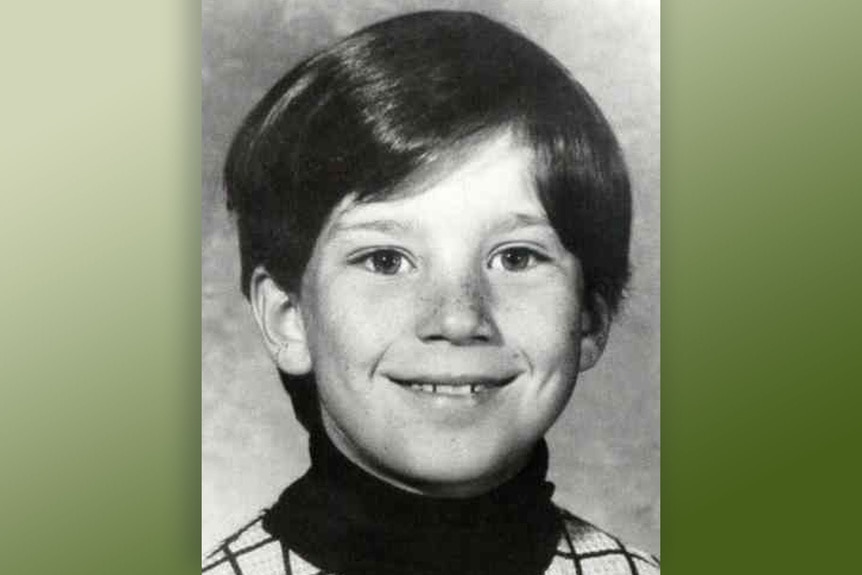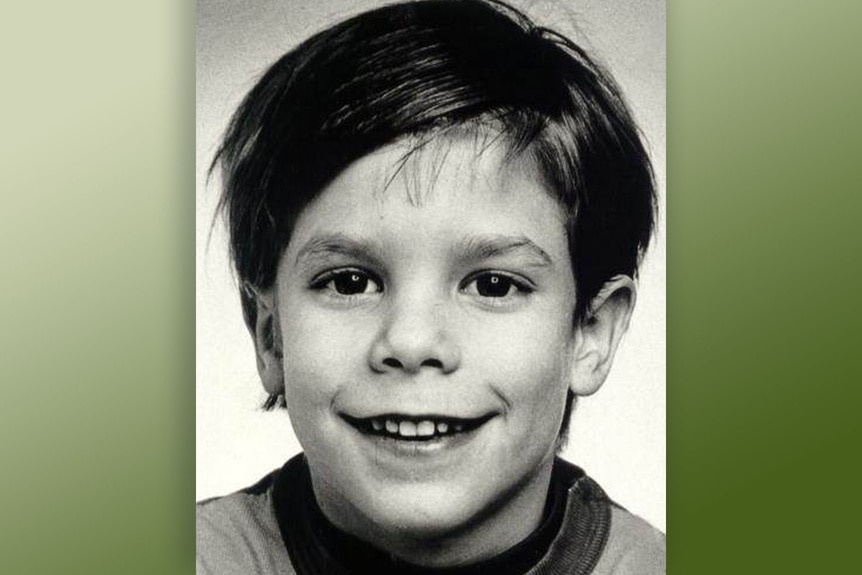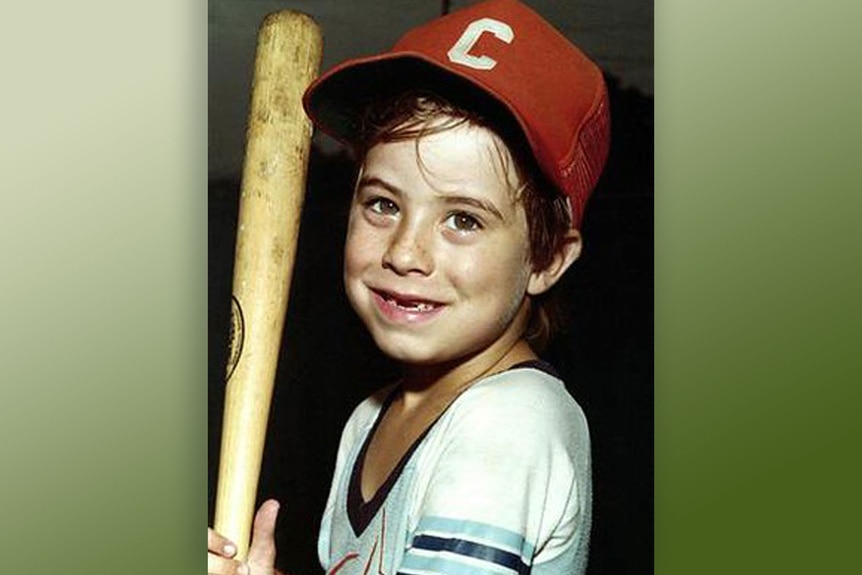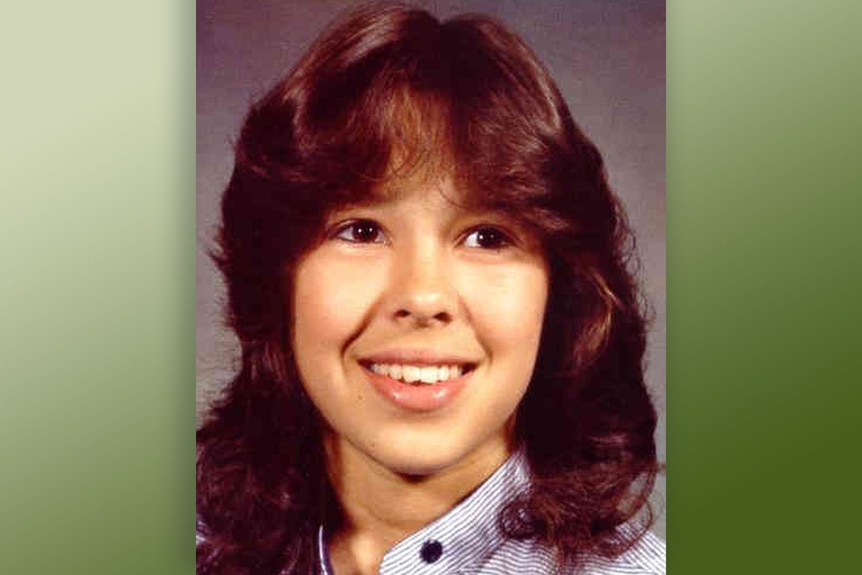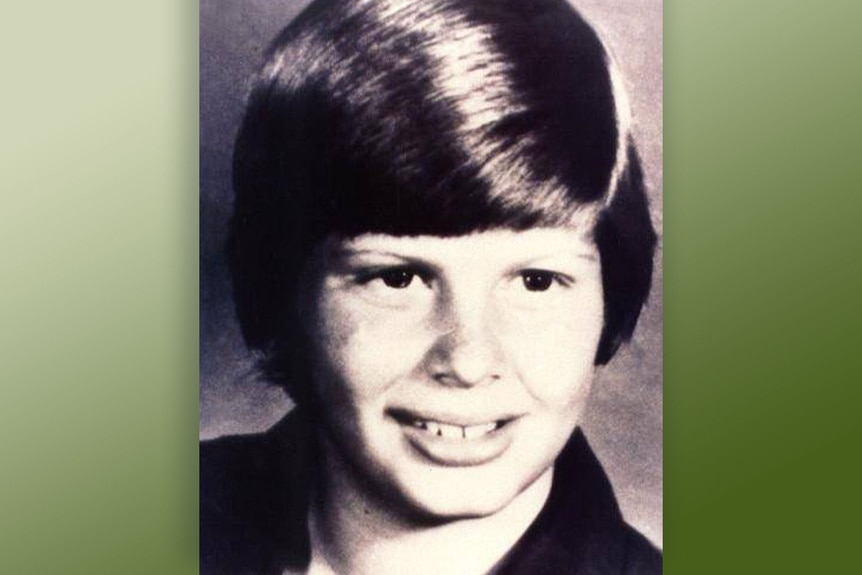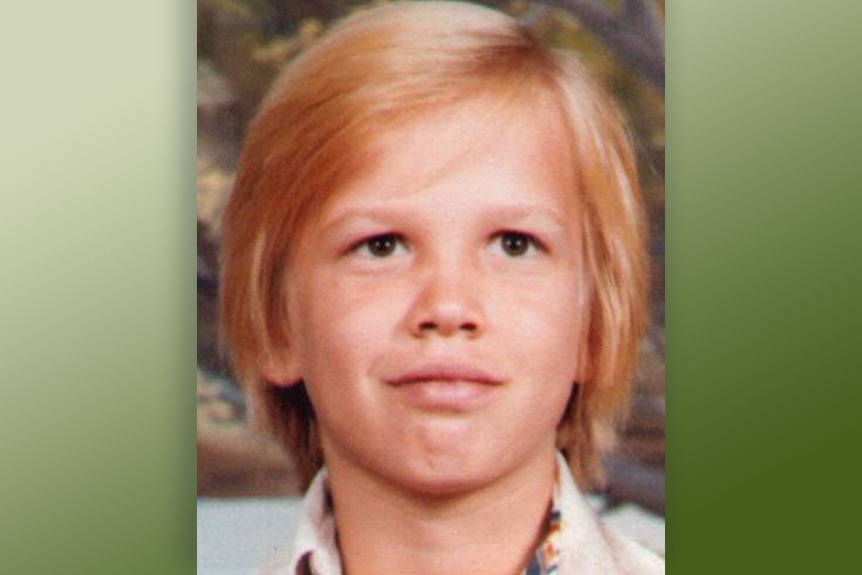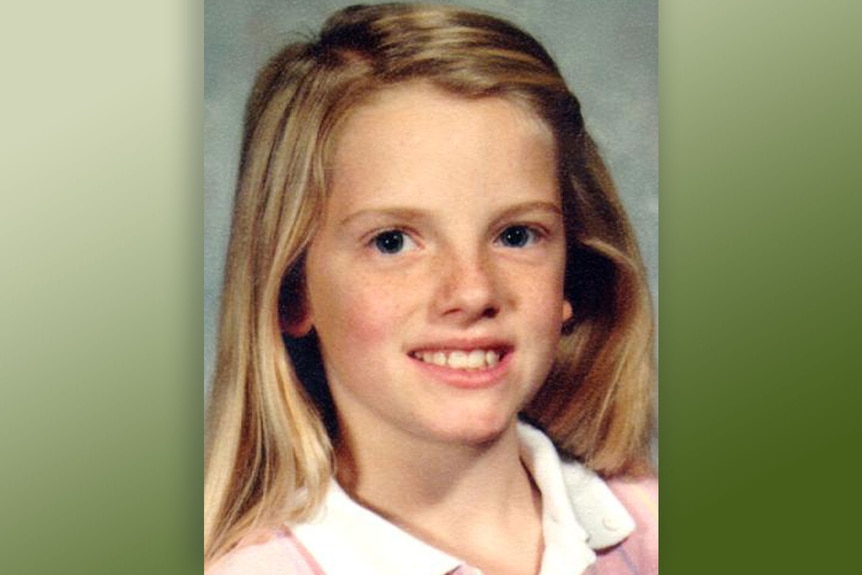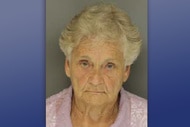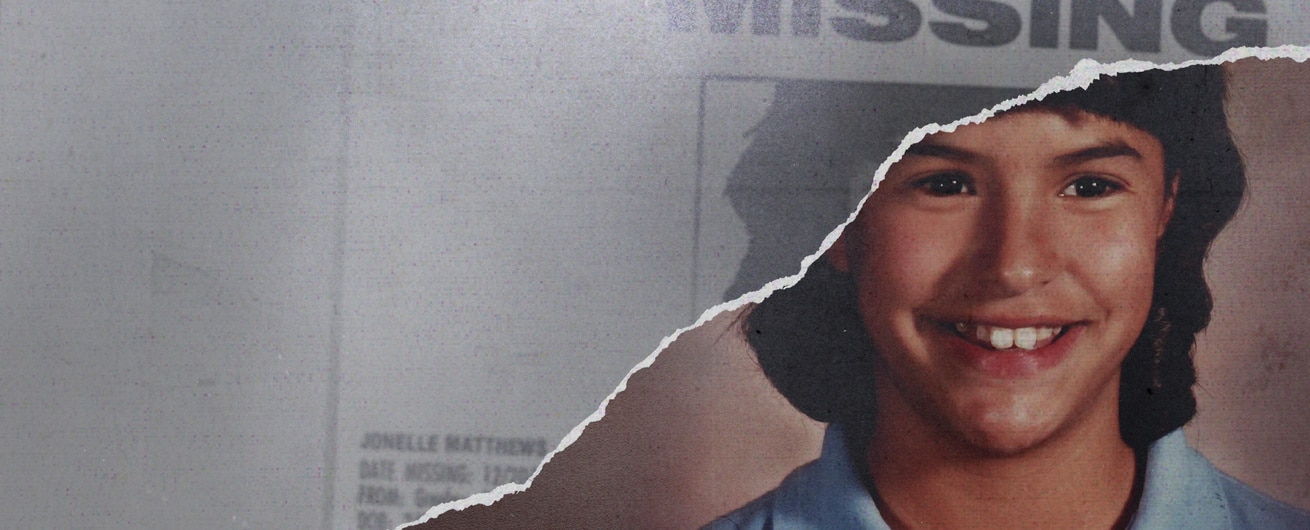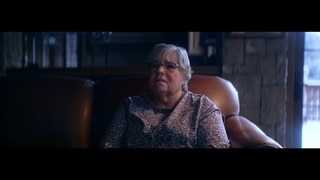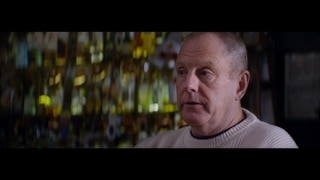Create a free profile to get unlimited access to exclusive videos, breaking news, sweepstakes, and more!
What Happened To the Missing Kids on Milk Cartons, from Etan Patz To Johnny Gosch and Adam Walsh?
Oxygen's The Girl on the Milk Carton focuses on the haunting case of Jonelle Matthews, who went missing at age 12, but what happened to other kids who were pictured on cartons?
In the 1980s — before social media and the Amber Alert — United States dairy companies began printing missing children’s photos on the sides of milk cartons as a way to get word out to the public.
While the program had a low success rate of bringing children home, it helped lay the foundation for methods the National Center for Missing and Exploited Children (NCMEC) uses today to help find missing kids.
Twelve-year-old Jonelle Matthews was one of the children pictured on dairy containers, and she's now the subject of the Oxygen two-part special The Girl on the Milk Carton, premiering Sunday, August 25, 2024 at 7 p.m. ET/PT.
Jonelle vanished from her family home in Greeley, Colorado five days before Christmas in 1984. The Girl on the Milk Carton features interviews with members of her family, as well as with law enforcement who investigated the case, and a woman who helped solve it.
Before the premiere of The Girl on the Milk Carton, take a look at what came of other highly-publicized cases of children whose faces appeared at the breakfast table.
Randy Parscale
On April 7, 1979, 10-year-old Randy Parscale disappeared while hiking with his grandfather and other relatives at Peppersauce Canyon in Oracle, Arizona, nearly 50 miles north of Tucson, according to ABC affiliate KGUN-TV. The group planned on celebrating the boy’s good grades, but when it was time to leave, Randy was nowhere to be found.
Scent dogs led to a dirt road where tire marks were discovered, leading authorities to believe Randy was abducted.
Despite massive efforts, including NCMEC creating an age-progressed photo of the missing boy, Randy has never been found.
Etan Patz
One of the first — and most famous — faces circulated on a milk carton was 6-year-old New York City boy Etan Patz, who vanished while walking to his Manhattan school bus stop on May 25, 1979, a date former President Ronald Reagan later established as National Missing Children’s Day. Etan’s disappearance was pivotal in the missing child movement, though it remained unsolved for decades despite far-reaching publicity.
RELATED: Girl, 8, Vanishes from Her Georgia Neighborhood and 14 Hours of Search Time Are Lost
Etan’s case was reopened in 2012 when the FBI excavated a basement in search of the boy, though efforts yielded nothing fruitful. The dig came shortly before Pedro Hernandez — who was a teen stock clerk from a neighborhood store where Etan reportedly liked to buy sweets — confessed to luring Etan with a soda and strangling him to death, according to NBC affiliate WNBC. Per NPR, Hernandez said he placed the child’s body in a box and left the box on the curb.
In 2017, despite the defense team claiming the confession was coerced, Hernandez was found guilty of felony murder and kidnapping and sentenced to 25 years to life in prison. Etan’s body has never been recovered.
Adam Walsh
Six-year-old Adam Walsh was abducted from a Hollywood, Florida, Sears department store on July 27, 1981. The case helped bring about new new legislation, thanks to his parents-turned-missing kid advocates. His father, John Walsh, went on to host America’s Most Wanted, as well as other shows that helped catch fugitives and recover children.
Two weeks after Adam’s abduction, fishermen discovered the child's severed head in a canal about 120 miles from Hollywood, though the rest of his remains were never recovered, according to NBC News.
While there were no convictions in the case, law enforcement and Adam’s relatives believe that he was likely murdered by convicted serial killer Ottis Toole, who confessed to the murder before dying behind bars in 1996.
Adam’s case prompted the Code Adam alert (still used today when a child disappears in a department store) and the congressional Adam Walsh Child Protection and Safety Act, which laid the foundation for the national sex offender registry.
Cinda Pallett
Oklahoma City teen Cinda Pallett's face was plastered on the sides of milk cartons after she and her friend, Charlotte June Kinsey, disappeared on September 25, 1981, from the Oklahoma State Fair. Shortly before the 13-year-olds vanished, Charlotte called her mother at around 5 p.m. to say a carnival worker invited them to unload stuffed animals from a truck, agreeing to be home by 9 p.m., according to Oklahoma City ABC affiliate KOCO-TV.
Two teen boys came forward, saying a man drove them and the girls to unload the purported truck, but that the man then dropped the males off and promised to return, only to disappear with Cinda and Charlotte.
Convicted child molester and kidnapper Royal “Roy” Russell Long — who admitted to being at the carnival on the day the girls disappeared — remains a prime suspect in the case. After charges against him were dismissed in the case of Cinda and Charlotte, the suspected serial killer allegedly whispered to the families in court, “Only I know where the bodies are, and I’m not talking,” said now-retired Oklahoma County assistant district attorney Ray Elliot, according to KOCO.
Long died behind bars in 1993, and neither Cinda nor Charlotte has ever been found.
John “Johnny” Gosch
Johnny Gosch was one of the most publicized milk carton kids after the 12-year-old paperboy disappeared on September 5, 1982, soon after he left for his early morning paper route in West Des Moines, Iowa. His case, along with the 1984 disappearance of 13-year-old local paperboy Eugene Wade Martin, was the first to appear on milk cartons when the Des Moines-based Anderson Erickson Dairy came up with the idea before it went nationwide.
Both boys delivered papers for The Des Moines Register.
Another paperboy reported seeing Johnny shortly before 6 a.m. casually speaking to someone in a blue car, marking the last sighting of the boy, according to CNN. Due in part to the publicity of the case, numerous conspiracies have flourished over the years, more so when Johnny’s mother, in 1997, claimed her then-adult son showed up on her doorstep with an unidentified man, told her some details of his abduction and then left, vanishing again.
There have been no named suspects in the case, and neither Johnny, nor Eugene, have ever been found.
David Warner
The March 1983 disappearance of David Warner, a 12-year-old from Jefferson City, Tennessee, is one that continues to haunt Appalachia. The boy that would later become known as “Little David Warner” vanished after he arrived with his school report card at Druther’s restaurant, where he could show off his good grades in exchange for free ice cream, according to Knoxville-based ABC affiliate WATE-TV.
RELATED: Production Assistant Suddenly "Took Off" Down Mountain in Idaho, Hasn't Been Seen Since
According to NamUs (the National Missing and Unidentified Persons System), David later watched television at a friend’s home — about 30 yards away from his own residence — and left at around 7 p.m., telling the friend he was going home. His family realized he was missing the following day, though the positioning of his blankets appeared as though David hoped to dupe his relatives into thinking he was in bed.
Authorities initially believed David had went off with friends, though they now believe he was met with foul play. His whereabouts remain unknown.
Rima Traxler
On May 15, 1985, third-grader Rima Traxler vanished from Longview, Washington — about 50 miles north of Portland, Oregon — while walking home from St. Helens Elementary School, as stated on her NamUS profile. The 8-year-old was last spotted only two blocks from her residence.
RELATED: Why Family Believes Indigenous New Mexico Woman Is Still Alive 10 Years After Disappearance
There were no significant leads in the case until the abduction, rape, and strangulation murder of 12-year-old local girl Kara Rudd led to the arrest of suspected serial killer Joseph Krondo, a friend of Rima’s parents. As part of a deal with prosecutors, Krondo confessed to killing Rima similarly to how he killed Kara, having used Rima's parents' designated password, "Unicorn," to lure the student into his vehicle before killing her at the same swimming hole where he killed Kara, according to the Seattle Post-Intelligencer. Krondo claimed he buried Rima in a shallow grave, though her body was never located, something the killer addressed in an interview with the Seattle outlet prior to his 2012 death behind bars.
"I figured if I could take her and bury her in a place far enough away, there was no way they'd go find her or go looking for her there," he said. "I was right."
Krondo is the prime suspect in the 1982 rape and strangulation of 8-year-old Chila Silvernails, and he is believed to have killed others as well.
For more information about the Missing Children Milk Carton Program, and Jonelle Matthews, watch The Girl on the Milk Carton, kicking off Sunday, August 25, 2024 at 7 p.m. ET/PT on Oxygen.
